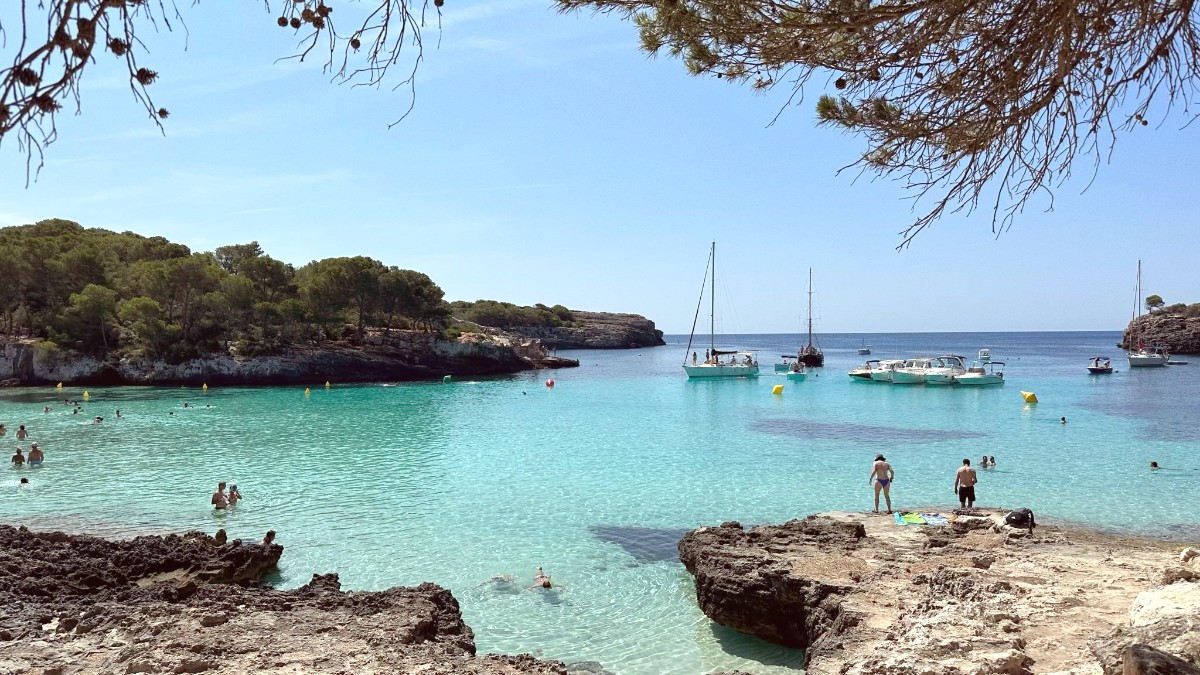
Balearic Islands, Spain
These places define Menorca's landscape and history. They are must-visit sites with historical and cultural meaning.
Each site offers a glimpse into the island's past, from ancient cultures to strategic importance.
Shoulder season (May-June, September-October) generally has fewer crowds.
Torre d'en Galmés: One of the largest and best-preserved prehistoric villages.
Significant site near Mahón, known for its well-preserved taula and large talayot.
A large Talayotic settlement with an impressive cyclopean wall.
Georgian architecture, a legacy of British rule, visible around the harbor.
Gothic and Baroque architecture, noble palaces, and the stunning Cathedral.
Menorca's natural splendor, from parks to stunning coastlines, invites exploration.
Cala Macarella, Cala Turqueta, Cala Mitjana are famous for turquoise waters and white sand.
More rugged and wild. Cala Pregonda with distinctive red sand.
Several small lagoons exist within S'Albufera des Grau park.
Menorca's important wetland and core of the UNESCO Biosphere Reserve.
S'Albufera des Grau is a prime spot for birdwatching.
Barrancs (ravines) and numerous sea caves dot the coastline.
Parc Natural de s'Albufera des Grau offers walking trails and observation points.
Cova d'en Xoroi provides stunning sea views, especially at sunset.
S'Albufera des Grau is a prime spot for observing both migratory and resident bird species.
Discover Menorca's lesser-known treasures for an unique and tranquil experience.
Remember to consider season, time of day, and transportation.
Visit popular locations during off-peak hours for a calmer experience.
Seek out secluded coves for unique views and tranquility.
Menorca's museums and cultural spaces offer deep dives into its rich heritage.
Explore Menorca's ancient past and varied occupations through its archaeological sites.
Plan your visits and activities effectively with these details.
Always confirm opening hours, especially outside peak season. Some sites close for lunch.
Stay hydrated and wear sun protection. Visit outdoor sites during cooler parts of the day.
Consider renting a car for flexibility, as public transport access to some sites is limited.
For convenience, book tickets for popular attractions and tours in advance.
GetYourGuideMany local companies offer excursions to landmarks and natural sites.
Explore the coastline and hard-to-reach coves by sea.
Obtain detailed maps for exploring the Camí de Cavalls and other trails.
Some Talayotic sites are freely accessible, while others have a small entrance fee.
Specific information for some of Menorca's most visited attractions.
Menorca's main cathedral, built on the site of a former mosque after Christian reconquest.
Help preserve Menorca's natural beauty and historical sites.
Stick to marked paths, do not disturb wildlife, and take all rubbish with you.
Beyond the main attractions, Menorca offers sites appealing to specific interests.
Sanctuary of El Toro on Monte Toro offers a spiritual journey with rewarding views.
Explore traditional farms and the island's agricultural heartland.
Menorca's strategic position shaped its military defenses.
Consider guided tours for a dive into their history.
Beyond major museums, explore niche collections.
These offer focused insights into particular aspects of Menorcan heritage.
Explore sites from the Talayotic culture for an ancient perspective.
These sites offer unique glimpses into Menorca's earliest inhabitants.
Most shops can arrange shipping for larger items or fragile crafts.
Be aware of your home country's customs regulations for food products, alcohol, and other goods.
Some items, like certain agricultural products, may have import restrictions.